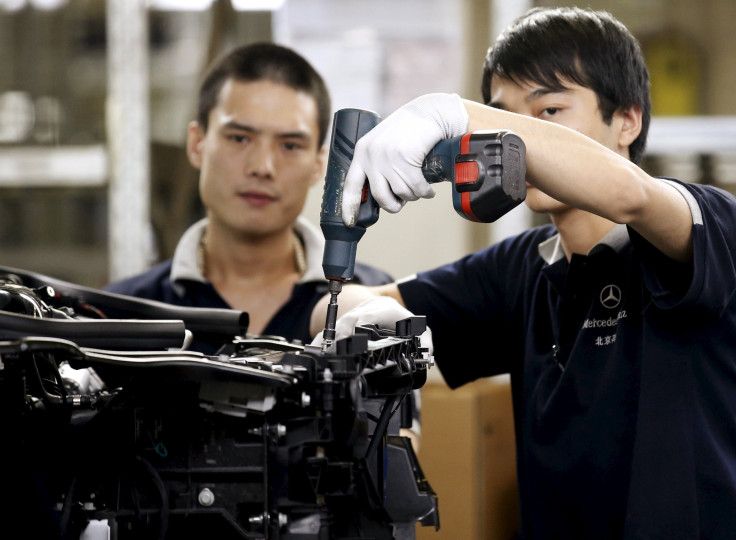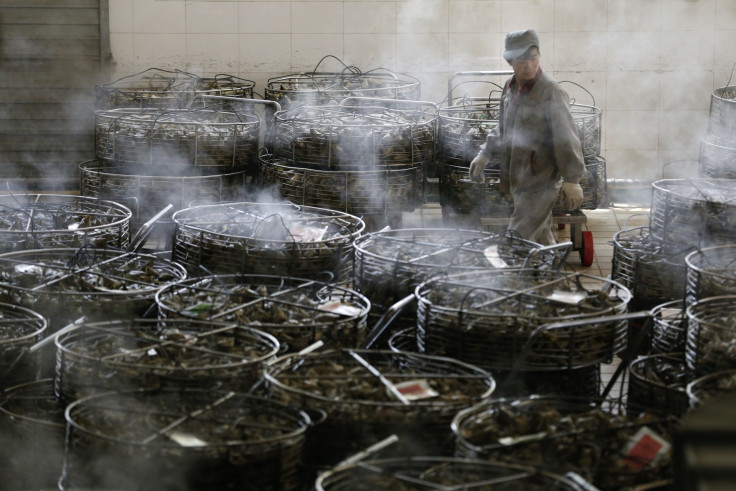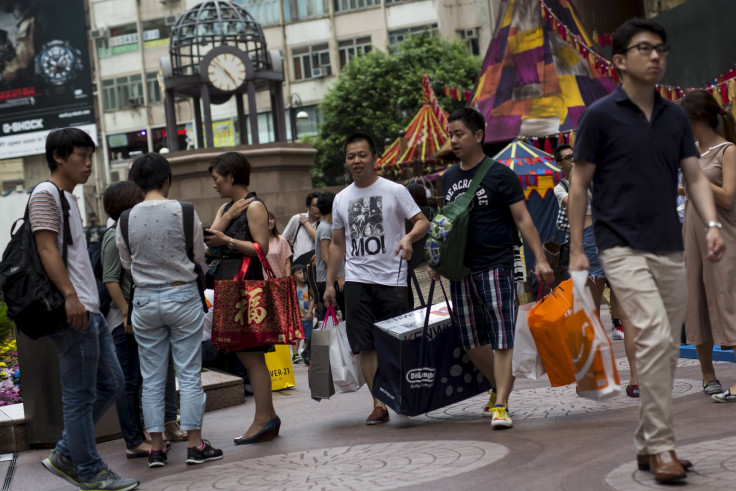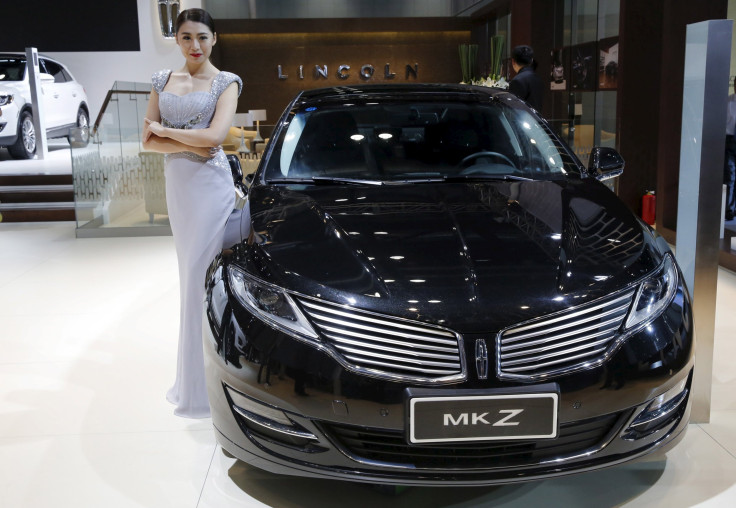China's Manufacturing Sector Sees Sharpest Fall In Over 6 Years, But Economists See Hope For Rebound

SHANGHAI -- Conditions in China’s manufacturing sector deteriorated “at the sharpest rate since March 2009,” according to latest data from the private Caixin China Purchasing Managers’ Index survey, while the country's services sector barely managed to stay afloat, the PMI data showed.
The monthly Caixin PMI reading, which measures orders and output in the private sector, and at small and medium enterprises, declined to 47.2 in September, down from 47.3 the previous month. Any reading below 50 implies a contraction in the sector, and the figures are the latest confirmation of the slowdown in China’s economy, hit in part by falling exports.
China’s services sector is also seen as a key driver of the country’s growth, particularly with export-driven manufacturing struggling, and the Caixin PMI figure for the sector -- while remaining in positive territory at 50.5 -- represented a sharp fall from 51.5 in August, with new orders growing at their slowest pace for more than a year.

Caixin, the respected Chinese financial magazine that compiles the index, said new export orders were down by their fastest pace since March 2009, while overall factory orders fell at the fastest pace in three years. Factory inventories of unsold goods also saw their sharpest rise in three years as a result. And companies were responding by laying off workers and cutting output at the fastest pace since early 2009 in the midst of the global financial crisis, Caixin said.
Meanwhile official figures released by China's National Bureau of Statistics (NBS) showed that overall manufacturing PMI, which includes large state enterprises as well as smaller businesses, inched up to 49.8 in September from 49.7 in August, with new orders back in positive territory, rising to 50.2 from 49.7. Export demand also rose fractionally, but remained in negative territory at 47.9. The official PMI figure for the service sector remained unchanged in September, at 53.4.
Zhao Qinghe, an official at the NBS, acknowledged in a statement that the figures revealed “relatively weak internal and external demand and the manufacturing sector is still facing relatively big downward pressures."
The Chinese government has cut interest rates five times in the past year, in an effort to stimulate spending and help companies raise funds. But factory activity has now fallen for seven successive months -- and concerns about other sectors of the economy remain. And while service providers continued to take on more staff, Caixin said new hiring in the sector “was not enough to offset factory job cuts.” It also said that both manufacturers and service providers cut prices in September amid weaker customer demand.

China’s manufacturing industry has reached a “crucial stage in its structural transformation,” according to He Fan, chief economist of the Caixin Insight Group, which compiles the PMI index. However he said that while the manufacturing industry faced “continued weakness” due to what he called tepid demand, “pressure driving the sector’s decline has eased,” noting that the fall in the PMI figure had slowed from August.
He and his colleague Zhu He said, in a Caixin commentary last week, based on preliminary figures for the month that it was likely that the economy would “stop declining and recover within the next few months,” adding that there were no signs the economy would suffer a hard landing.
And some international economists echo the view that China's slowdown may stabilize somewhat in the coming months. While China’s industrial profits fell sharply in August by 8.8 percent, consumption has continued to rise, with retail sales growth picking up slightly in August, rising 10.8 percent year-on-year -- compared to 10.5 percent in July.
Li-Gang Liu, chief economist for Greater China at ANZ Bank in Hong Kong, said in a research note sent to International Business Times Thursday that profitability of manufacturing related to consumption and services has "held up well." Liu predicted that China’s third-quarter economic growth would slow to 6.4 percent, well below the government's target of "around 7 percent."
He said slowing exports were not the only factor; the end of China’s stock market boom had also hit financial services, which did exceptionally well in the first half of the year. However he said that monetary policy easing, making bank lending easier, and expansionary fiscal policy, with a sharp rise in government spending in recent months, would gradually take effect, leading to a “modest rebound to 6.8 percent in the final quarter of the year” and overall annual growth of the same rate.
The government has taken a series of measures, including announcing major new investment in railways and other infrastructure, to help boost both raw materials manufacturing sector and employment. It has also announced measures to stimulate slowing auto sales, by halving taxes on purchases of new small cars, and is also seeking to boost real estate sales.

The authorities this week cut the minimum down payment for first-time home buyers from 30 percent to 25 percent (except in major cities such as Shanghai and Beijing.) The move is seen as an attempt to boost a market that has been cooled by tighter official restrictions over the past three years. Home sales and prices have risen in many major cities this year, but the picture remains mixed around the country, and investment in new construction is sharply down.
The official People’s Daily newspaper said in a commentary to mark China’s National Day on Oct. 1 that the world’s second largest economy was in a phase where the shift from old to new engines of growth would lead to "inevitable contradictions," and courage would be required. It said China was now “climbing the steepest part of the slope in its ascent to the summit,” but it said that the Chinese people had proved in the past that they could overcome any challenges.
© Copyright IBTimes 2024. All rights reserved.






















